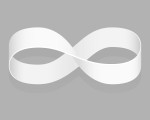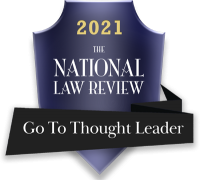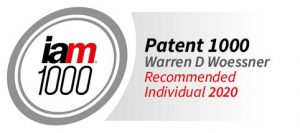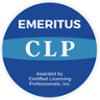 The US Supreme Court case of Mayo v. Prometheus has generated a lot of interest precisely because it clouds the future of patent claims to diagnostic methodologies in general and to ‘personalized medicine’ in specific. The decision is likely to make it very difficult to obtain claims to predictive diagnostic methods that depend on the presence or absence of a marker (such as a protein expressed by a certain gene that, say, is indicative of a propensity to develop cancer if the marker is present) and on diagnostic methods that compare the level of a biomarker to a benchmark “normal” or “abnormal” level of the marker (like the PSA assay for prostate cancer). The claims in Prometheus were closest to the second type – the marker is the metabolite level in the patient’s blood – even though it arose due to administration of a known drug and not endogenously – like an activated gene product.
The US Supreme Court case of Mayo v. Prometheus has generated a lot of interest precisely because it clouds the future of patent claims to diagnostic methodologies in general and to ‘personalized medicine’ in specific. The decision is likely to make it very difficult to obtain claims to predictive diagnostic methods that depend on the presence or absence of a marker (such as a protein expressed by a certain gene that, say, is indicative of a propensity to develop cancer if the marker is present) and on diagnostic methods that compare the level of a biomarker to a benchmark “normal” or “abnormal” level of the marker (like the PSA assay for prostate cancer). The claims in Prometheus were closest to the second type – the marker is the metabolite level in the patient’s blood – even though it arose due to administration of a known drug and not endogenously – like an activated gene product.
This is because the Prometheus decision states that simply discovering and claiming such indicative correlations (If “a”, then “b”) is an impermissible attempt to claim (and thus to monopolize) a natural phenomenon, or law of nature, unless the claim contains other feature that add something beyond a statement of the correlation. However, the Court gives no guidance in the area of medical diagnostics as to what that extra something should be. The Court simply denigrates and disregards the other steps present in the claim – administering the reference drug, measuring the levels of its metabolites and drawing a conclusion about appropriate dosing from the levels that are measured.:
“In particular, the steps in the claimed processes [in Prometheus’s patents) (apart from the natural laws themselves) involve well-understood, routine, conventional activity previously engaged in by researchers in the field…upholding the patents would risk disproportionately tying up the use of the underlying natural laws, inhibiting their use in the making of further discoveries.” Slip op at 4.
“[D]o the patent claims add enough to their statements of the correlations to allow the processes they describe to qualify as patent-eligible processes the apply natural laws?”
Of course, the Court said that the answer was “No”. However, the Court provides no guidance as to what that “enough” might be, except to discuss the facts of three older decisions that have nothing to do with modern medicine.
The impact of the decision is far-reaching and extremely negative for those companies and institutions attempting to develop assays that will be the cornerstone of personalized medicine, such as companion diagnostics that tell a physician if a particular drug will or will not be effective in a given patient – even before treatment has begun. If all correlations between markers and pathologies are per se patent-ineligible natural phenomenon, then how can a developer of such a assay obtain patent protection for it? And without patent protection to recover investment, how will the developer obtain funding to refine and commercialize the test.
The Prometheus decision was certainly affected by the fact that the drug was “old” and well-known for the treatment of autoimmune disorders like Chron’s disease. The Court did state that a claim to a “new drug or a new way of using an existing drug” would be patent-eligible since claims to these inventions would “confine their teachings to particular applications of [natural laws]. Sip. Op at 18. Although the Court did not mention the use of a new drug (e.g., a method of medical treatment by using a new drug), it is a maxim of patent law that, if a drug is patentably novel and unobvious, any practical use for the drug is patentable. However, the Court expressly declined to decide whether the claims at issue would have survived if the steps used in carrying out the assay were “less conventional,” and again, no guidance is provided.
I have been trying to formulate diagnostic claims that would pass muster post-Prometheus and am having trouble. If a researcher discovers the marker, the researcher should be able to patent it and ANY utility it has, including its use for the diagnosis/prediction of disease. Likewise if the researcher discovers a completely new utillty for a known marker –e.g. as an indicator of Alz Disease, this should meet the patent eligibility requirements of s. 101. However, the correlations that the research bases the assay claims on are still “natural phenomena” according to Prometheus. So we patent attorneys are completely cycled back into the loop of what further steps are necessary to yield a patent-eligible claim for the new diagnostic correlation. Right now I feel like an ant on that Escher poster of the Mobius strip – going around in circles while never crossing the legal edge of patent-eligibilty. Either the courts or Congress must clarify what is needed to claim a method of diagnosis post-Prometheus.






